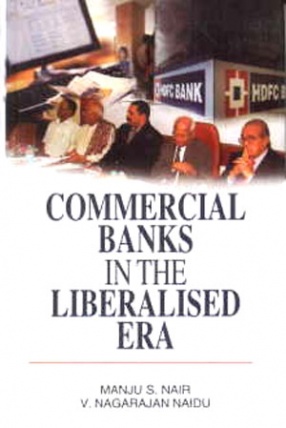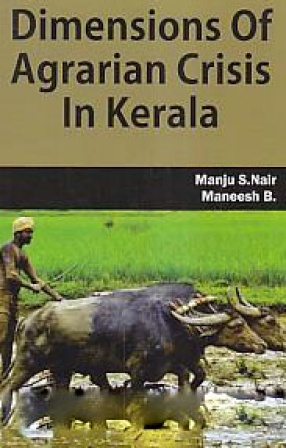The book thus provides a comprehensive review of banking sector reforms and shifts that have taken place in the perception, policies and practices of commercial batiks. The study concludes with summary and major findings which highlights that the performance of scheduled commercial banks has significantly improved with respect to profitability, productivity and efficiency during the post reform period as compared to pre reform period. However, compared to public sector banks such as SBI groups and other nationalised commercial banks, the financial liberalization measures made greater beneficial impacts, on private and foreign banks in India. The book will be highly useful not only to academicians and researchers but also to practical bankers. The trends in profitability of bank groups and its various determinants and changes in the determinants between pre and post reform periods are assessed in depth. Productivity performance of bank groups is assessed by estimating both partial and total productivity and also returns to scale. The dynamic Cobb-Douglas production function approach is used for deriving the total factor productivity and other components of banking output. With the help of Principal Components Technique, the operational efficiency of bank groups is assessed between pre and post reform periods. The components included in operational efficiency are productivity indicators, sectoral and spatial efficiency indicators and profitability indicators.
Commercial Banks in the Liberalised Era
In stock
Free & Quick Delivery Worldwide
Bibliographic information
Title
Commercial Banks in the Liberalised Era
Author
Edition
Ist ed.
Publisher
Sonali Publications, 2010
ISBN
9788184112788
Length
xii+257p., 23cm.
Subjects






There are no reviews yet.